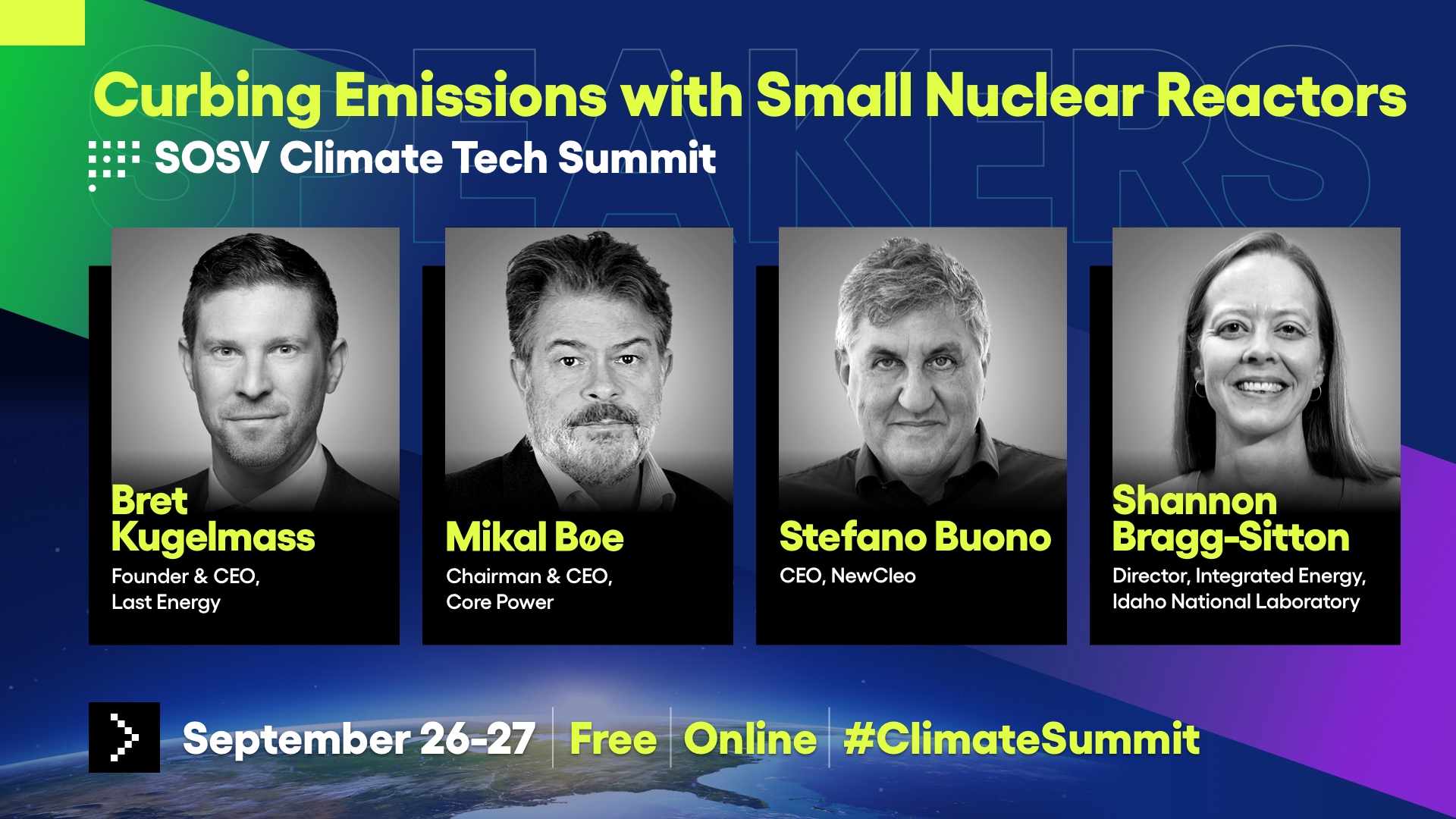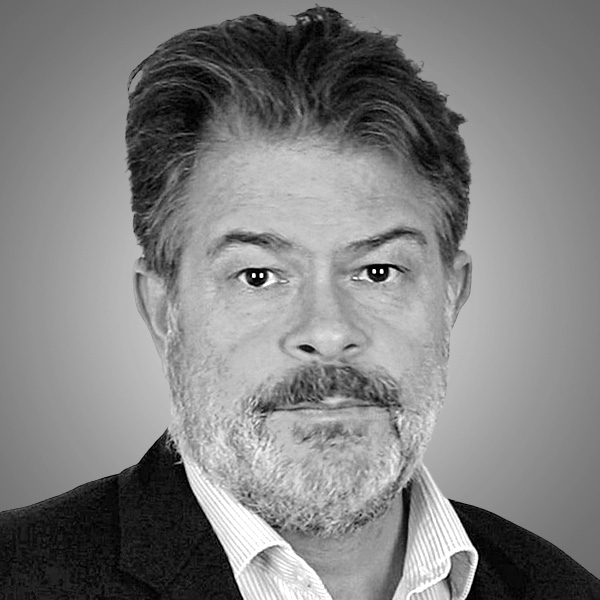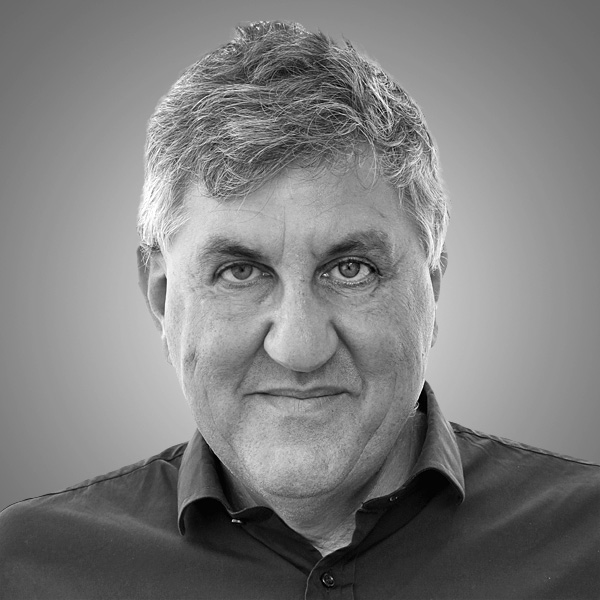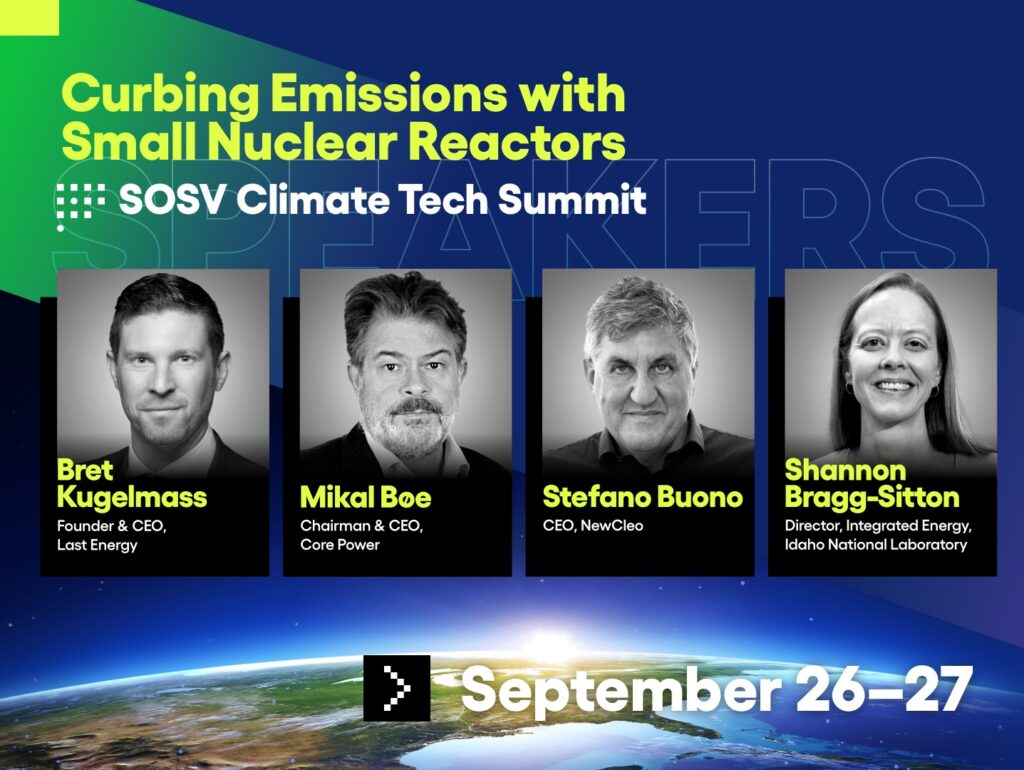
Few energy technologies are more divisive than nuclear fission. First commercialized in the 1950s, fission reactors account for 10% of global electricity production and more than a quarter of low-carbon power. The problem, argues controversial filmmaker Oliver Stone in his new documentary, Nuclear Now, is fear. “Everybody thinks everybody else thinks it’s bad,” says Stone. At the SOSV Climate Tech Summit (Sept 26-27 / free & virtual), we explored the future of nuclear energy. Can a new generation of reactors convince everybody (and everybody else) that it’s not bad?
For now, nuclear fission is the only zero-emission technology able to provide dispatchable baseload power globally, meaning it generates power 24/7 and is always available to grid operators. It’s also among the world’s safest energy sources with a mortality rate around 0.03 to 0.04 per terawatt (neck and neck with solar and wind).
Nevertheless, deadly meltdowns at Chernobyl, Three Mile Island, and Fukushima have made people wary of living anywhere near reactors. Fission reactors do carry risks of weaponization, terrorism, and leakage into the environment. Plus, traditional plants are notoriously expensive, slow to build, and hard to finance (because so many run over budget). Thus, while Germany shut down its last remaining nuclear plants in April 2023 (leaving it more reliant on imported energy), neighboring France, which derives 70% of its energy from nuclear, passed legislation in May 2023 to speed up construction of reactors. They also reversed a law that would have capped nuclear at 50% of France’s power mix.
Thankfully for France (and the world), a new generation of small modular reactors (SMRs)—defined as sub-300MW(e) vs. the usual >1GW(e) of a traditional reactor—promise to address lingering concerns about safety, costs, bankability, scalability, and speed of deployment. The Summit will gather a panel of SMR entrepreneurs to make their case for this climate technology.
Mikal Bøe is CEO of UK-based CORE POWER, which is co-developing molten salt reactors (MSRs) to be used in electric cargo ships and floating industry. Their compact MSR, which will be tested in 2026, can be mass manufactured, and it would only need to refuel once every 20 to 30 years, just like the nuclear submarines militaries have operated for decades. It runs on a combo liquid containing fuel and coolant, which makes meltdowns impossible according to CORE POWER. The company has raised over $100M in financing, mostly recently from a Japanese consortium led by Onomichi Dockyard and Imabari Shipyard. It also cooperates with Bill Gates-backed TerraPower for its reactor design.
Last Energy founder and CEO Bret Kugelmass leads a team developing SMRs—and has signed four deals worth $19 billion to build 34 reactors in the UK and Poland. They could deploy as soon as 2026. Different from its peers, Washington, D.C.-based Last Energy has not sought any government financing, instead relying on these power purchase agreements (PPAs) from industrial partners. Their pressurized water reactor (PWR), a proven design, fits inside a football field and costs $100M per unit. Investors in Last Energy include Gigafund, First Round Capital, and former Microsoft chairman David Marquardt.
newcleo, led by founder and CEO Stefano Buono, is developing lead-cooled fast nuclear reactors (LFRs) that run on mixed oxide fuel (MOX), which is derived from depleted uranium and plutonium. Reliance on MOX means that newcleo can repurpose stockpiles of nuclear waste that must otherwise be stored and protected in specialized facilities. UK-based newcleo hopes to deploy its first commercial unit by 2032 and recently launched an equity raise of up to €1 billion. Buono’s previous company, Advanced Accelerator Applications, listed on NASDAQ until its acquisition by Novartis for $3.9 billion.
This panel was moderated by Shannon Bragg-Sitton, Director, Integrated Energy & Storage Systems Division, Idaho National Laboratory
With serious alternatives to fission still years away from commercialization (see our fusion and geothermal panels from last year), are SMRs the best path to net-zero?
The Speakers

Mikal Bøe
Mikal Bøe founded CORE POWER to create a market for new nuclear technologies in the maritime and offshore industries as the end-game solution for our energy transition. CORE POWER’s mission is to combine ‘fit-for-purpose’ new nuclear energy technologies with shipyard manufacturing techniques, enabling the nuclear industry to move from project based civil construction to a product-based manufacturing future. Mikal has over 30 years of shipping industry experience from floor to board, in technology, finance and risk management. He served as Chief Risk Officer for Eagle Bulk in New York and for Thoresen Thai Agencies in Singapore before starting CORE POWER in 2018.

Bret Kugelmass
Bret Kugelmass is the Founder and Chief Executive Officer of Last Energy, which aims to accelerate the global energy transition to abundant clean power, ushering in a new future of human flourishing. A visionary entrepreneur and engineer, Bret has been a leading voice on the essential role nuclear energy plays in achieving deep decarbonization and energy security for the near future. A former Silicon Valley entrepreneur, Bret is known for his work pioneering autonomous aerospace technology. He received his Masters degree in Mechanical Engineering from Stanford University.

Stefano Buono
Stefano Buono is an accomplished Italian physicist and alumnus of the European Organization for Nuclear Research (CERN). Until January 2018, Mr. Buono served as Chief Executive Officer and board member of Advanced Accelerator Applications (AAA), an international radiopharmaceutical company he founded in 2002. AAA was acquired in 2018 by Novartis for $3.9 billion. In 2018, he founded Elysia Capital, his single-Family Office based in London and Turin, focused on social impact investments in the field of Sustainable Innovation, Wellbeing, Education, Art, and Culture. In 2021, Stefano Buono co-founded and incorporated the nuclear technology company newcleo, of which he is CEO.

Dr. Shannon Bragg-Sitton
Dr. Shannon Bragg-Sitton is an internationally recognized pioneer in the innovative application of nuclear energy alongside other clean energy generators, seeking to maximize energy utilization, generator profitability, and grid reliability and resilience through systems integration. Since 2021, Shannon has served as the Director for the Integrated Energy & Storage Systems Division in the Energy & Environment Science & Technology Directorate at Idaho National Laboratory, which includes Power and Energy Systems, Energy Storage and Electric Transportation, and Hydrogen and Electrochemistry departments. Shannon has held multiple leadership roles in DOE Office of Nuclear Energy programs since joining INL in 2010, including program leadership for space nuclear power and propulsion systems, advanced nuclear fuels, used fuel disposition, and microreactor development. Dr. Bragg-Sitton holds a PhD and MS in Nuclear Engineering from the University of Michigan, an MS in Medical Physics from the University of Texas at Houston, and a BS in Nuclear Engineering from Texas A&M University

